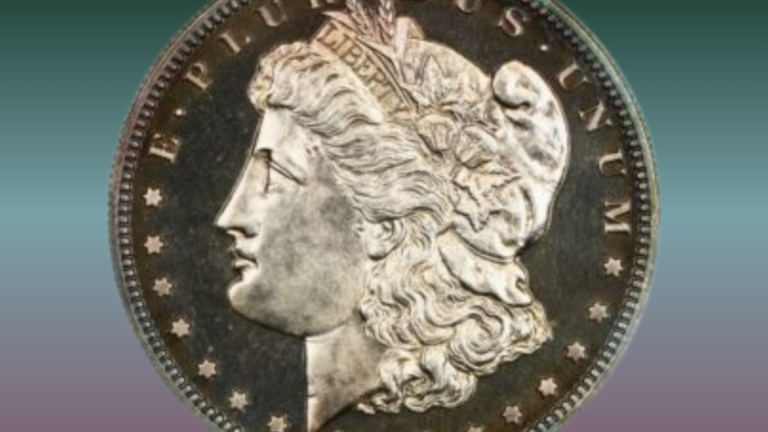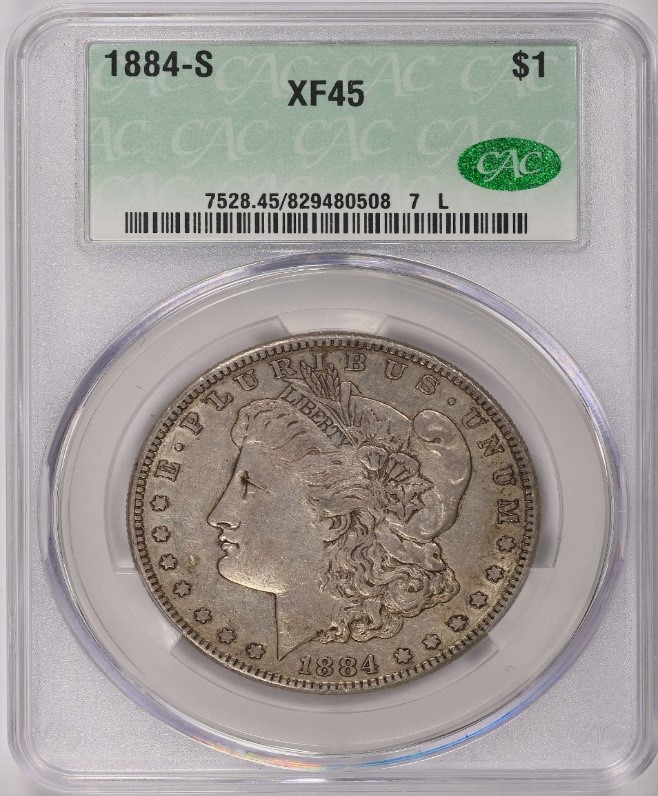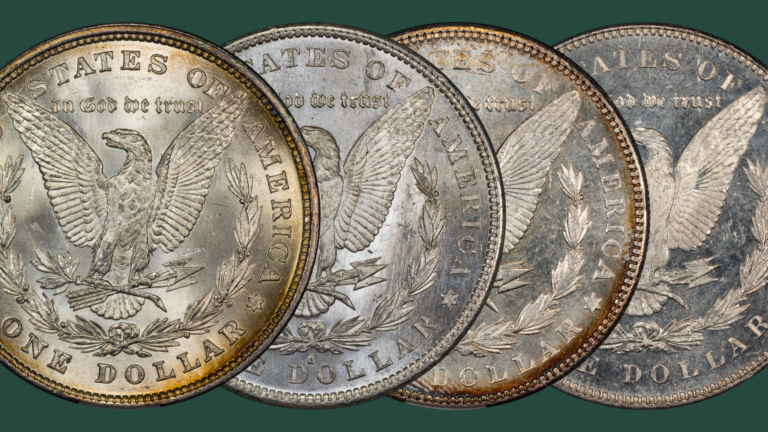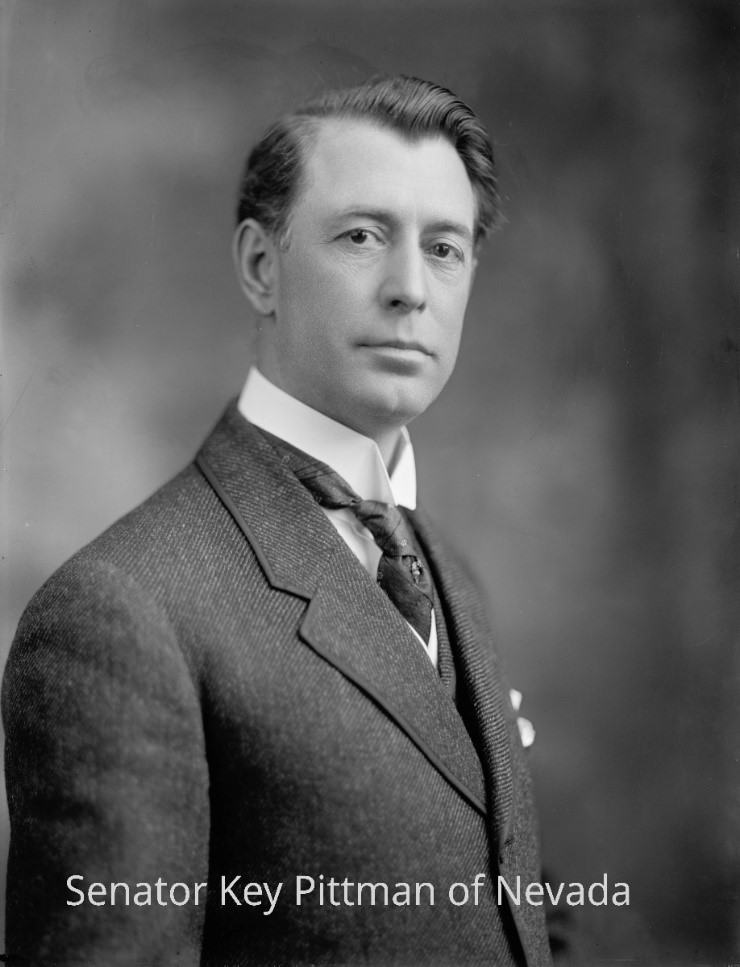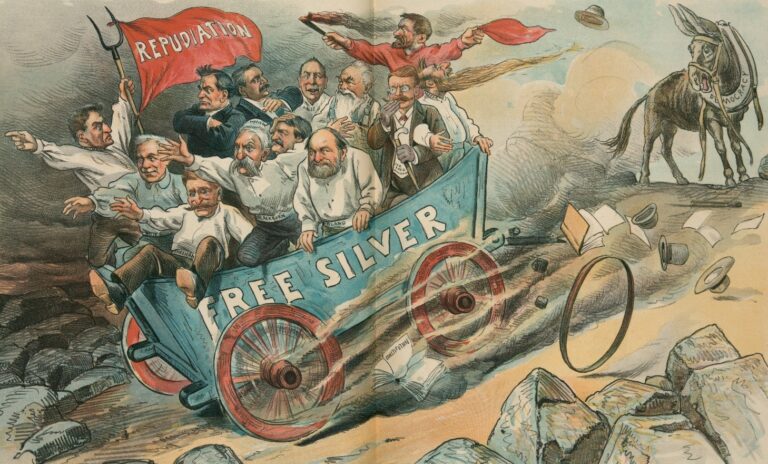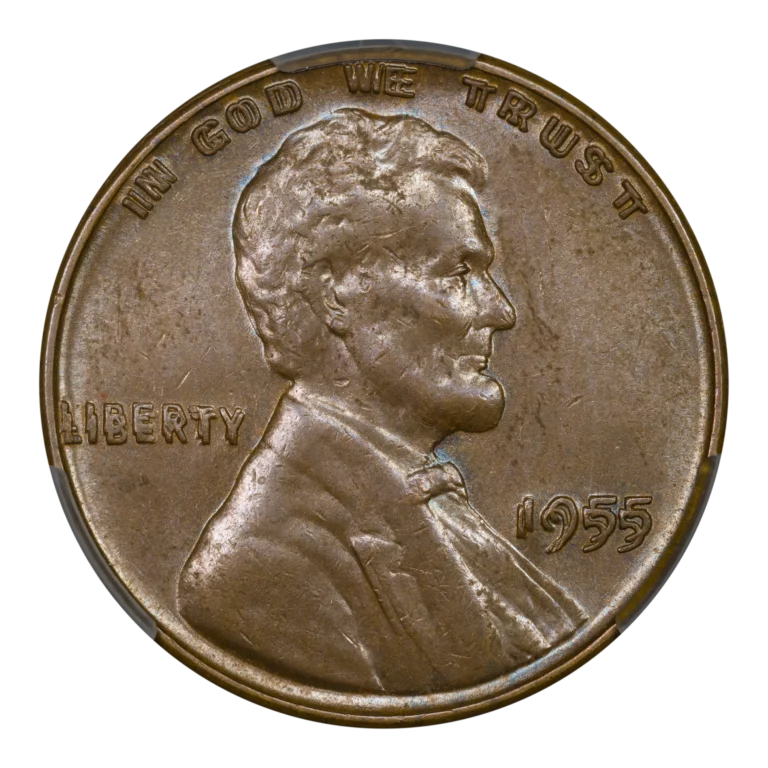by Greg Reynolds
Collecting half dimes ‘by date’ from the 1850s is easier and less expensive than collecting those from 1860 to 1873. While the 1853-O ‘No Arrows’ is rare or nearly rare, and the 1855-O is relatively scarce, there are no other half dimes dating from the 1850s that are close to being rare in absolute terms. There are, however, numerous rare dates from the 1860s.
It is fun to search for decent representatives of the rare dates. It is not easy to acquire pleasant, naturally toned circulated coins of all dates of this ninth type, for fair prices. Nevertheless, excepting the unique 1870-S, a complete run of half dimes dating from 1860 to 1873 is a practical and enjoyable objective. It is challenging without being especially difficult.
Type #9 – Liberty Seated, Legend on Obverse (1860-73)
Beginning in 1860, the legend, ‘UNITED STATES OF AMERICA,’ was switched to the obverse from the reverse (back). A new wreath design appeared on the reverse, the so called “Cereal Wreath,” which was larger and more elaborate than the previous wreath. This “Cereal Wreath” features representations of vegetables, other plants and leaves from trees. This same wreath was part of the design of Liberty Seated dimes from 1860 to 1891 and of Barber dimes from 1892 to 1916. Barber dimes feature the legend on the obverse, too, while the legend is on the reverse on Barber quarters and Barber half dollars.
‘Legend on Obverse’ half dimes are scarcer in total than ‘Legend On Obverse’ Liberty Seated dimes or Barber dimes, partly because the half dime denomination was terminated by law in 1873. Five cent nickels had become very popular.
Half dimes were no longer needed. Five cent nickels were less costly to produce, particularly because Shield nickels never contained any silver. Three Cent Nickels also did not contain any silver. While tens of millions of Shield nickels were minted during the 1860s, mintages of half dimes were much lower and half dimes were far more likely to be melted. Liberty Seated half dimes tend to be scarce overall.
It is common, though awkward and sometimes misleading, to refer to the least scarce dates of a design type as ‘common dates.’ In many cases, “common dates’ are scarce, just not nearly as scarce as the better dates and the key dates. Moreover, in some series, like Mercury dimes, all dates are common; some are just relatively much less common than others.

Common Date ‘Legend on Obverse’ Half Dimes
In grades below MS-62, the least scarce dates of the ‘Legend on Obverse’ (1860-73) type are the 1860, 1860-O, 1861, 1862, 1868-S, 1870, 1871, 1872, 1872-‘S Below Bow’, 1872-‘S Above Bow’, 1873 and 1873-S. These are much scarcer than the ‘common dates’ of several other design types of U.S. silver coins.
Generally, representatives of the least scarce dates that grade from Good-04 to VF-20 tend to wholesale for $8 to $20 each, and retail for $17 to $29 each, more or less. Most of the least scarce dates that grade below XF-40 are not certified. Those that are certified tend to sell for modest prices. On November 17, 2019, David Lawrence sold a PCGS graded VF-20 1861 for $28.
On August 11, 2019, David Lawrence sold a PCGS graded XF-45 1861 for $55. On January 10, 2021, GreatCollections sold an NGC graded AU-53 1861 half dime for $81. On February 2, 2020, GreatCollections sold a CAC approved, PCGS graded AU-55 1861 for $181.41.
On November 24, 2019, David Lawrence sold a PCGS graded VF-20 1862 for $31. On November 22, 2020, this same firm sold a PCGS graded XF-40 1862 for $110. On January 29, 2020, Stack’s-Bowers sold a PCGS graded AU-55 1871 half dime for $70.
Many collectors seek both an 1872-S with the mintmark above the bow and an 1872-S with the mintmark below the bow near the dentils. These are collected as two distinct 1872-S dates. The differences in the placement of the mintmark are curious. On February 4, 2020, Heritage sold a PCGS graded AU-58 1872-S, with the ‘S’ mintmark below the bow, for $84.
Some public sale results appear to be much better deals than others. While I have not seen the vast majority of the coins that I mention in this discussion, I have viewed tens of thousands of auction lots. In some cases, coins that are apparently good deals have problems or annoying imperfections that are not discernible in images. It is really important to examine a coin in actuality before drawing conclusions about it. This is especially true of coins that lack stickers of approval from CAC.
Collecting by Date, Die Pairings, or Die Varieties
It is also important for each collector to not be pressured or feel pressured to include obscure varieties in a set ‘by date.’ There is a tremendous difference between collecting ‘by date’ and collecting representatives of all die pairings or of all curious die varieties. If a variety requires magnification to discern, is controversial, or is particularly ambiguous, it is probably not needed for a complete set ‘by date.’
As for the so called 1861/0, if this really is an overdate, it is not apparent without extremely high magnification. On most examples of this variety, a sketchy area to the observer’s left of the second numeral one is apparent, yet the meaning and nature of this anomaly are not at all clear to me.
If the “1861/0” variety is a true overdate, then it is a minor overdate. Certainly, this is not required for a set ‘by date.’ I suggest ignoring this variety.
In circulated grades, the 1863 is worth more than the 1863-S. In MS-64 and higher grades, the 1863-S is worth substantially more than the 1863. They are both rare dates.
On February 25, 2020, a CAC approved VF-30 grade 1863 was sold by Heritage for $384. On August 18, 2020, Heritage sold a CAC approved XF-45 1863-S for $336.

Show off Your Collection in the CAC Registry!
Have CAC coins of your own? If so, check out the CAC Registry–the free online platform to track your coin inventory, showcase your coins by building public sets, and compete with like-minded collectors!
Public Sales of 1864 and 1865 Liberty Seated Half Dimes
The 1864, 1865, 1866 and 1867 Philadelphia Mint business strikes are all very rare. The PCGS population total of around one hundred 1864 business strikes includes some resubmissions of individual coins. As of February 18, 2021, NGC has graded fifty-two and has placed nineteen 1864 half dimes in ‘Details’ holders without numerical grades. I estimate that fewer than 160 1864 half dimes survive, including those in all states of preservation.
On June 25, 2018, Stack’s-Bowers sold a PCGS graded Good-06 1864, without a CAC sticker, for $312. This may not be a great coin. On August 10, 2020, Stack’s-Bowers sold an 1864 in an NGC holder without a numerical grade, “AU Details – Plugged,” for $600. This coin has some natural toning and may appear half-decent overall.
CAC has approved just three 1864 half dimes in the AU-50 to -58 range, and just three in grades lower than AU-50. It may be extremely difficult to find a CAC approved, circulated 1864.
The 1864-S is a rare date, too, though it is not nearly as rare as the 1864. In 2017, Heritage sold a PCGS graded VG-10 1864, without a CAC sticker, for $480. In February 2020, Heritage sold a CAC approved, PCGS graded XF-45 1864-S for $492, which was probably a very good deal.
The 1865 is almost as rare as the 1864. On June 25, 2018, Stack’s-Bowers sold a PCGS graded Good-06 1865, without a CAC sticker, for $264. A year earlier, Stack’s-Bowers sold a PCGS graded VF-30 1865, also without a CAC sticker, for $881.25. In December 2019, Heritage sold a CAC approved, PCGS graded XF-45 1865 for $1500. This was one of only eighteen business strike 1865 half dimes with CAC stickers.
Back in October 2017, GreatCollections sold a PCGS graded VG-10 1865-S, without a CAC sticker, for $80.99. In December 2019, Heritage sold a CAC approved XF-45 grade 1866 for $1020.
Public Sales of 1866 and 1867 Liberty Seated Half Dimes
On January 20, 2021, Heritage sold a PCGS graded XF-45 1866-S half dime, without a CAC sticker, for $264. On November 3, 2019, GreatCollections sold a PCGS graded AU-55 1866-S for $331.88. I am unaware of a recent sale of a circulated 1866-S with a CAC sticker.
The 1867 is not as rare as the 1864 or the 1865, though the 1867 is very rare. In January 2020, Heritage auctioned a CAC approved VF-35 grade 1867 for $1080. Although this $1080 result is above the levels in leading retail price guides, this purchase may very well have been a good value.
The PCGS graded VG-10 1867 that sold for $646.25 in June 2017 is not wonderful. Also, a few of the 1867 half dimes that failed to receive numerical grades and are in ‘Details holders’ have very annoying imperfections.
The 1867-S and the 1868 are better dates, not semi-keys and not especially rare. On January 21, 2020, Heritage sold a CAC approved XF-45 1867-S for $330. This result is above the CPG-CAC retail level of $292, though could well have been a very reasonable price. There is really a need to see a rare coin before drawing a firm conclusion about its value. Besides, it is impossible for any price guide to be entirely accurate.
Late in 2019, Heritage sold two 1868 half dimes for exactly $204 each, a coin without a numerical grade in an NGC holder, “AU Details – Cleaned,” and a PCGS graded VF-30 1868, without a CAC sticker. One of these is preferable to the other, but which one? I would have to inspect both coins to form an opinion. The PCGS graded VF-30 coin may have been cleaned as well. It does not make sense to reject a coin for having been cleaned without thinking about the method of cleaning that was employed and the degree of harm done by a particular cleaning episode.
Later Date Liberty Seated Half Dimes
The 1868-S, 1869-S, 1871-S and 1873-S are slightly better dates, and circulated coins sometimes command significant though modest premiums. The only half dime minted after 1867 that must be singled out is the 1870-S.
Surprisingly, just one 1870-S half dime is known. This coin is PCGS graded MS-64 and CAC approved. It really merits a discussion of its own.
Besides the 1870-S and the 1802, a complete set ‘by date’ of all half dimes, 1794 to 1873, is not especially difficult to assemble. Historically important, rare half dimes may be obtained for modest amounts, and an almost-complete set would be very exciting to own.
Copyright © 2021 Greg Reynolds
About the Author
Greg is a professional numismatist and researcher, having written more than 775 articles published in ten different publications relating to coins, patterns, and medals. He has won awards for analyses, interpretation of rarity, historical research, and critiques. In 2002 and again in 2023, Reynolds was the sole winner of the Numismatic Literary Guild (NLG) award for “Best All-Around Portfolio”.
Greg has carefully examined thousands of truly rare and conditionally rare classic U.S. coins, including a majority of the most famous rarities. He is also an expert in British coins. He is available for private consultations.
Email: Insightful10@gmail.com

